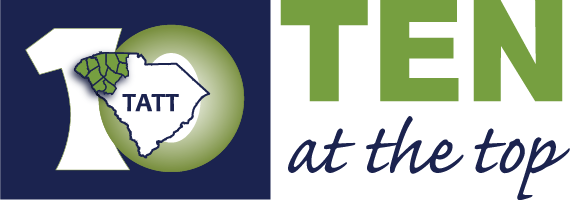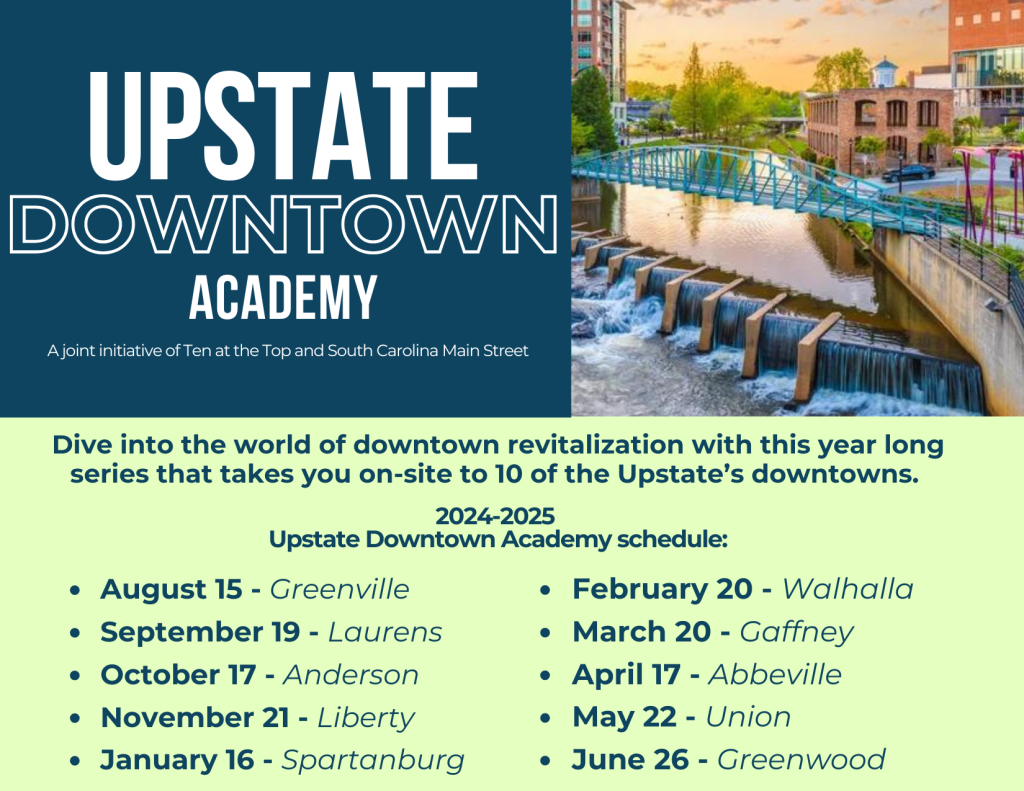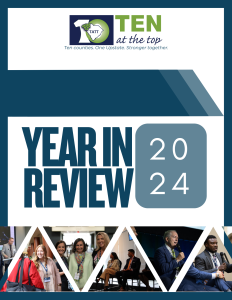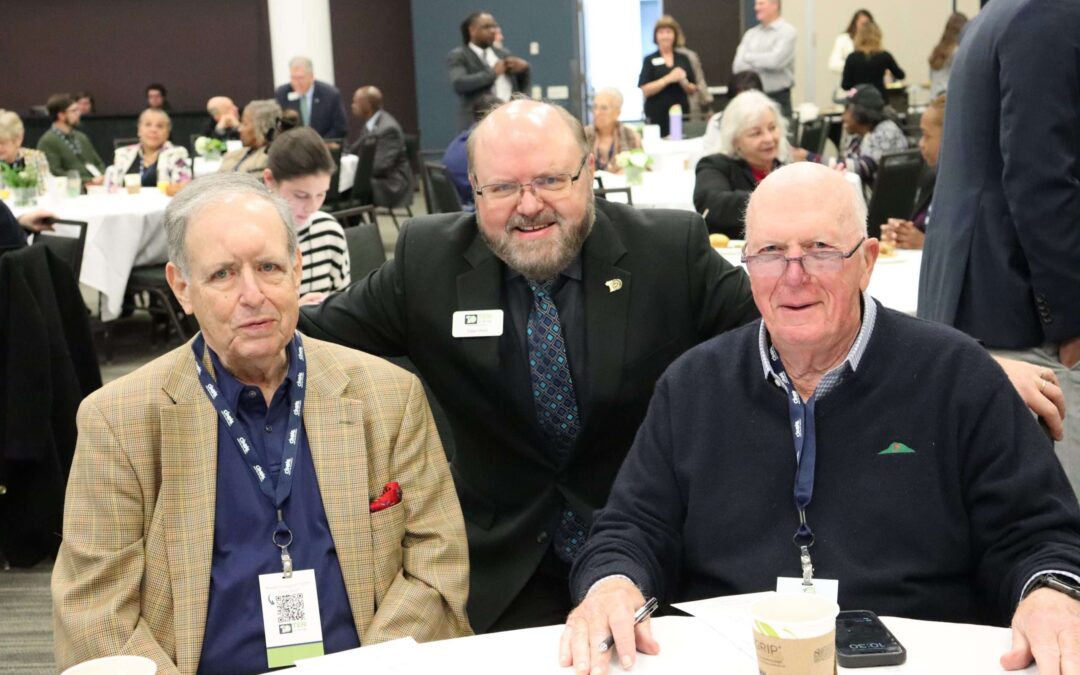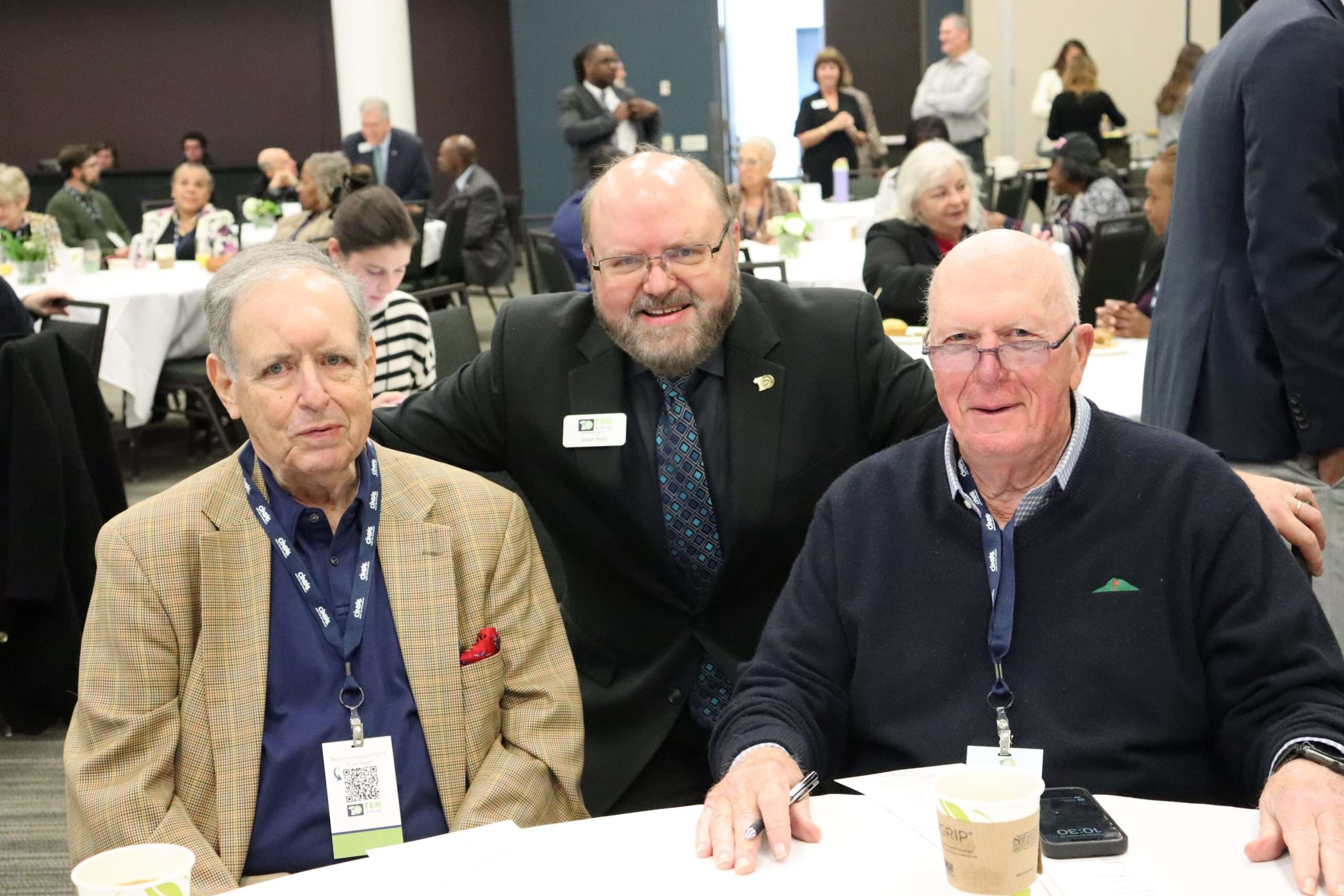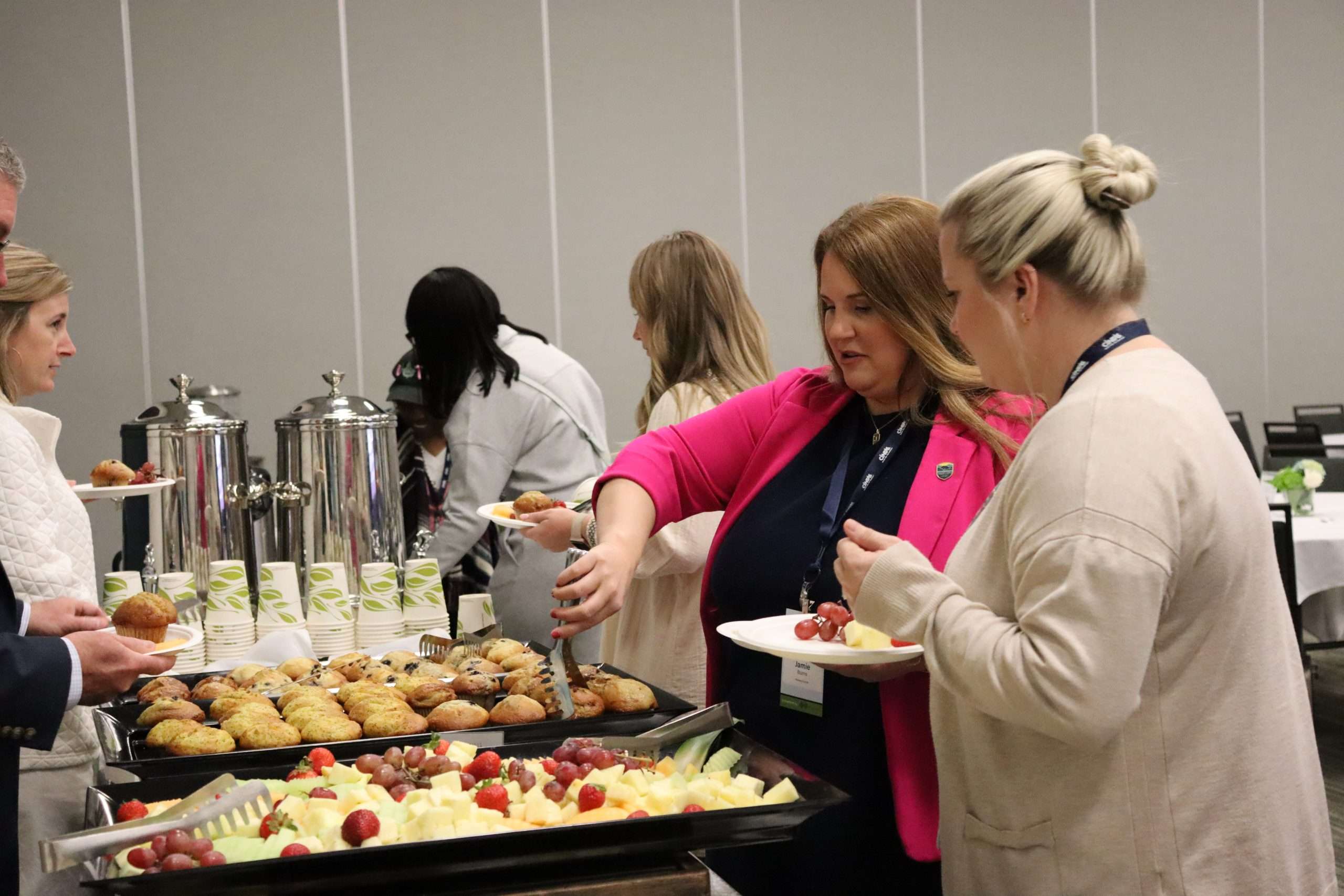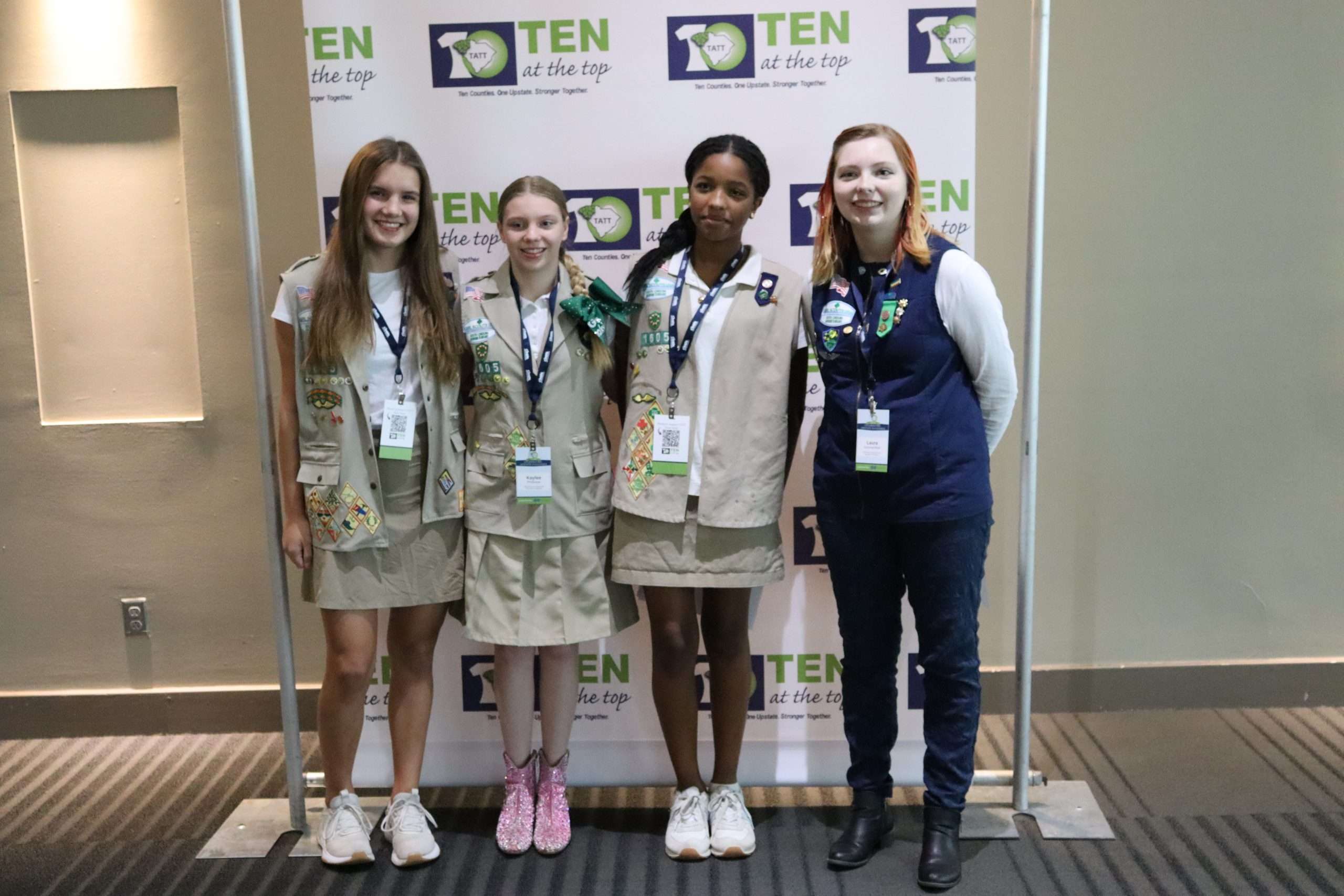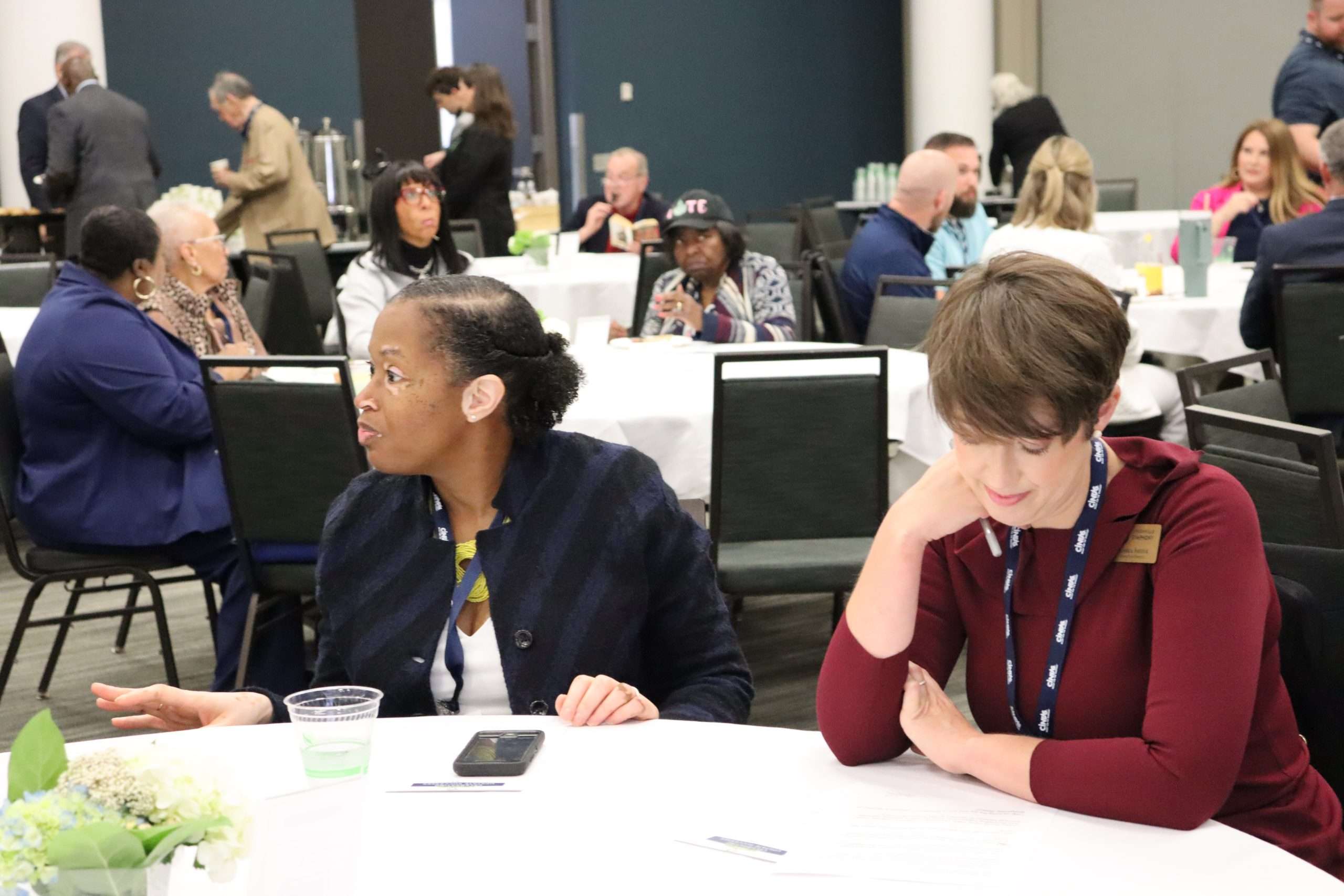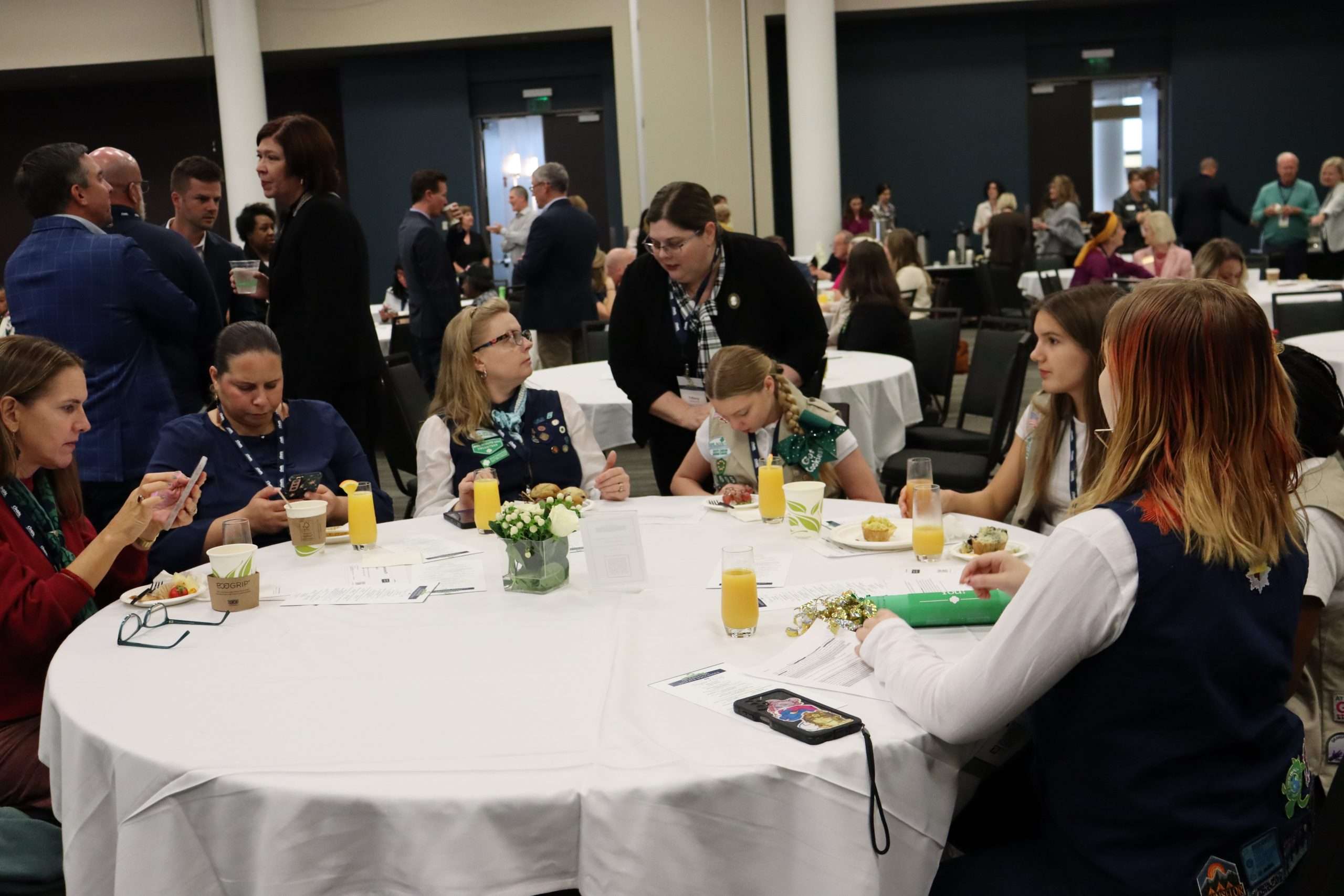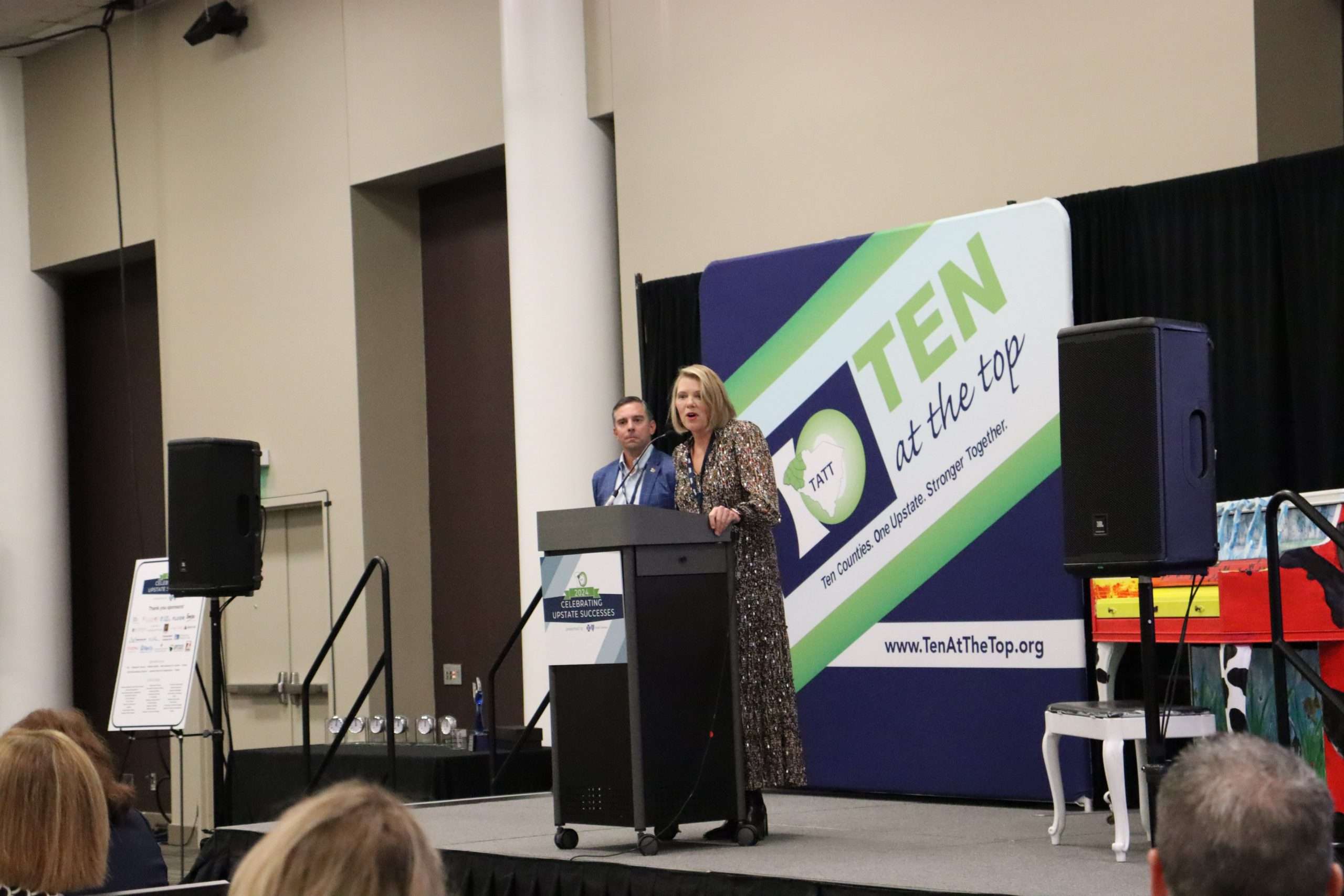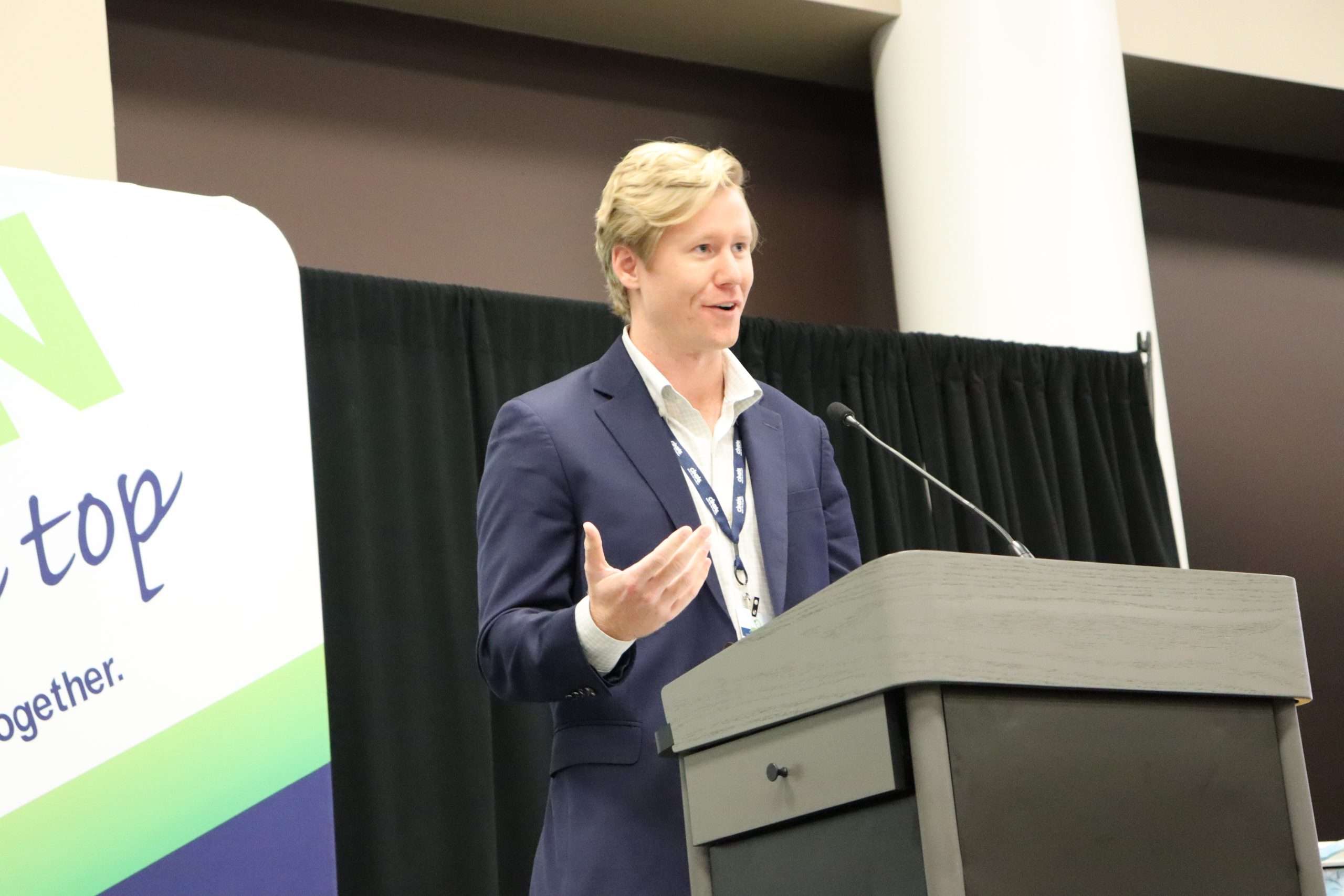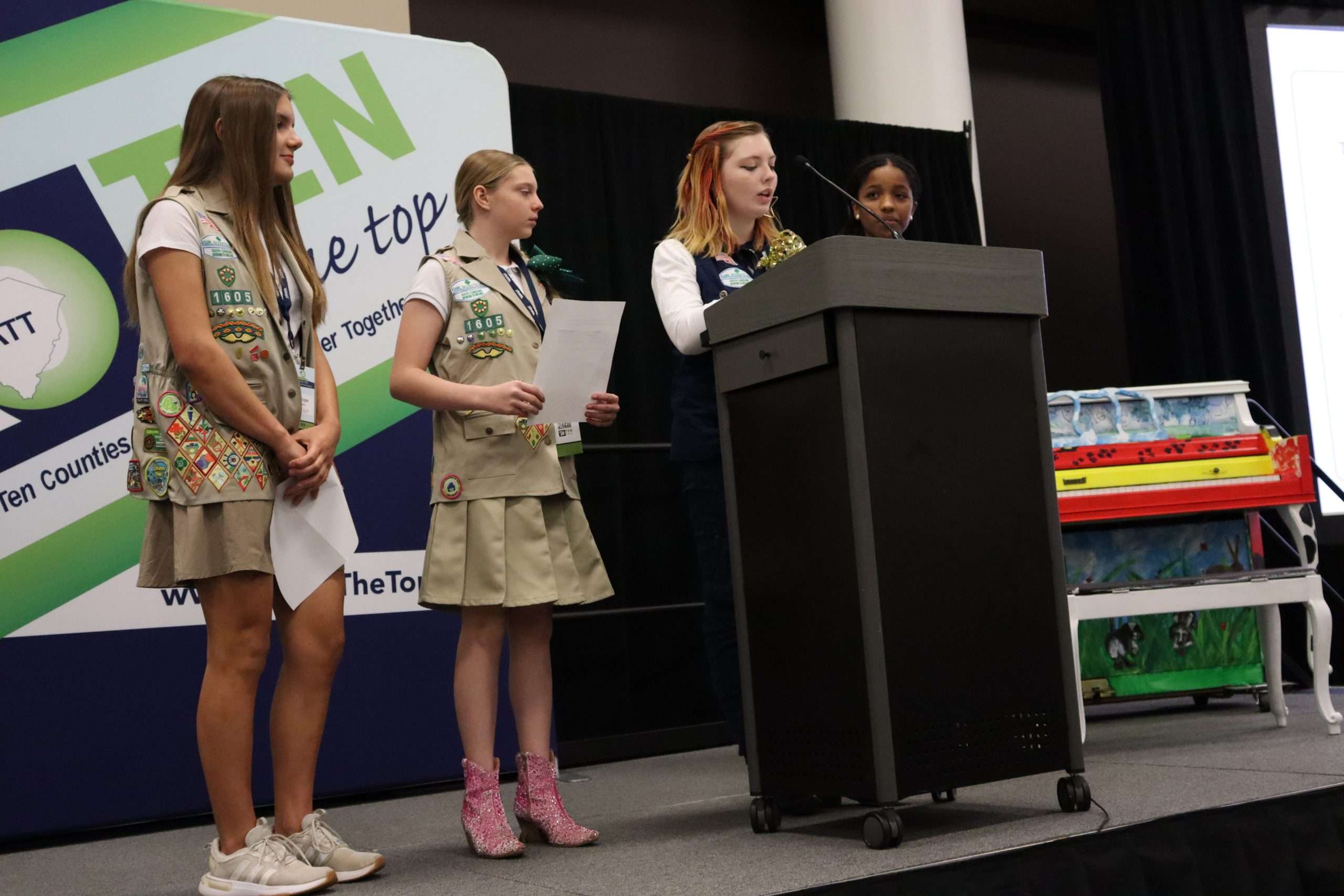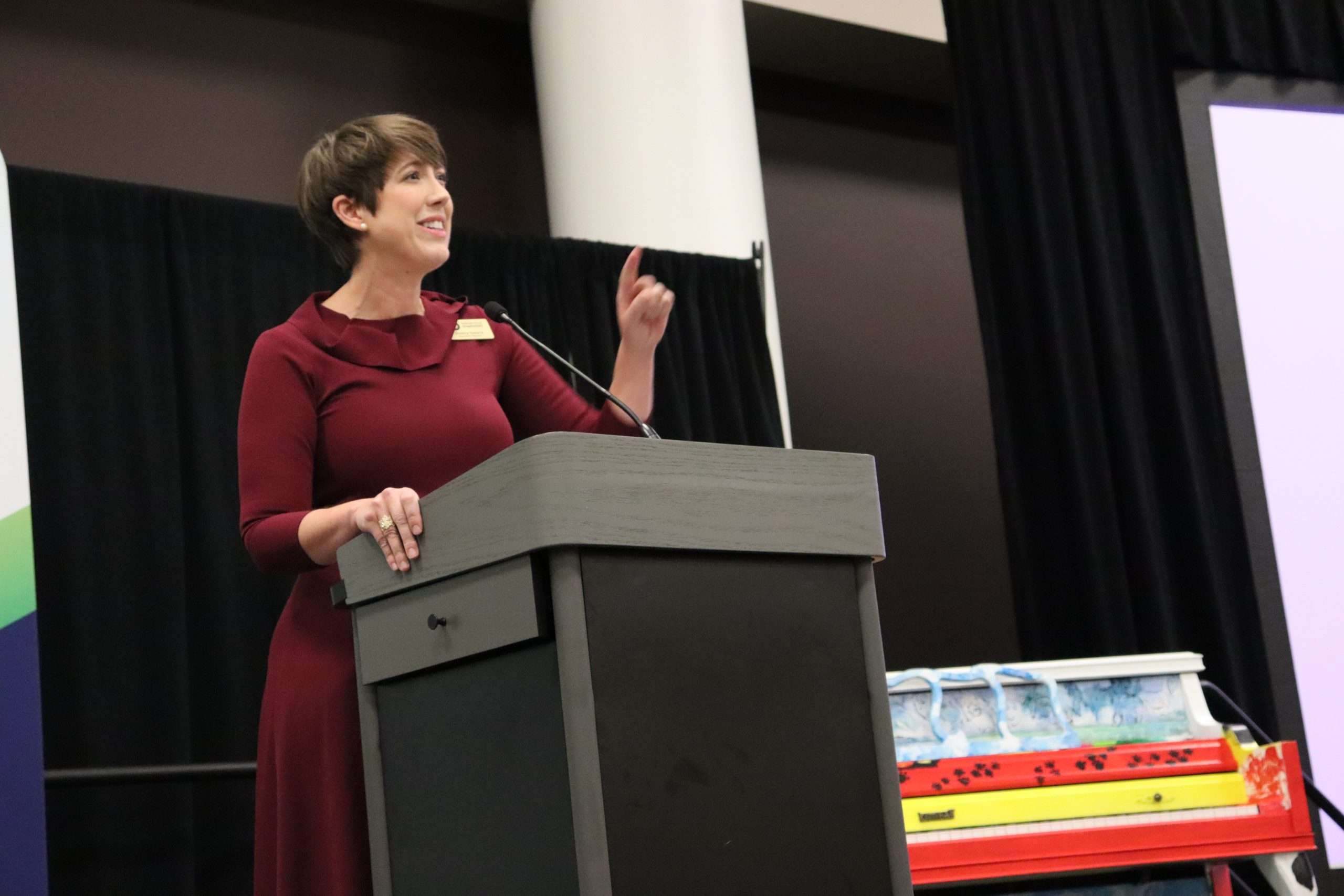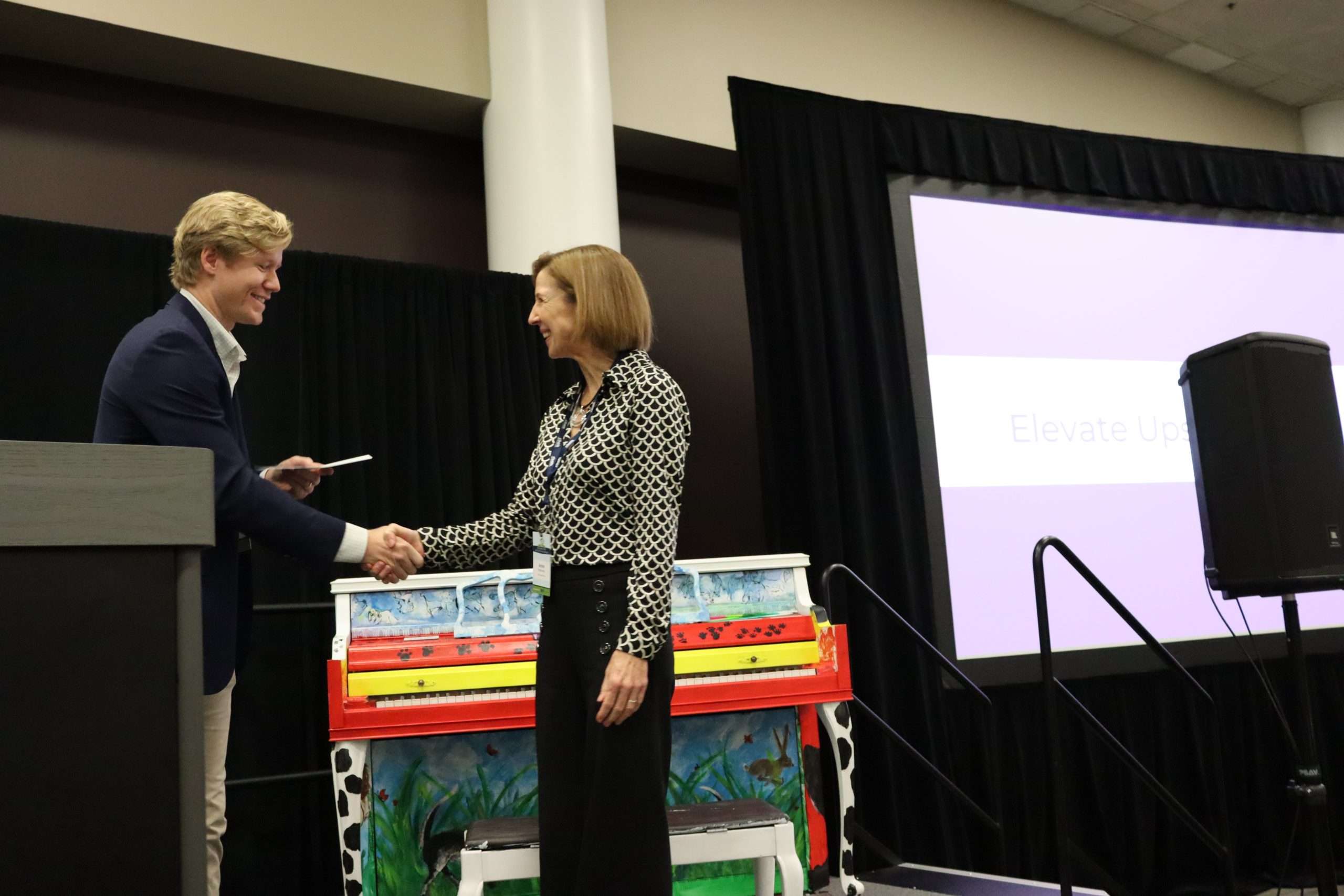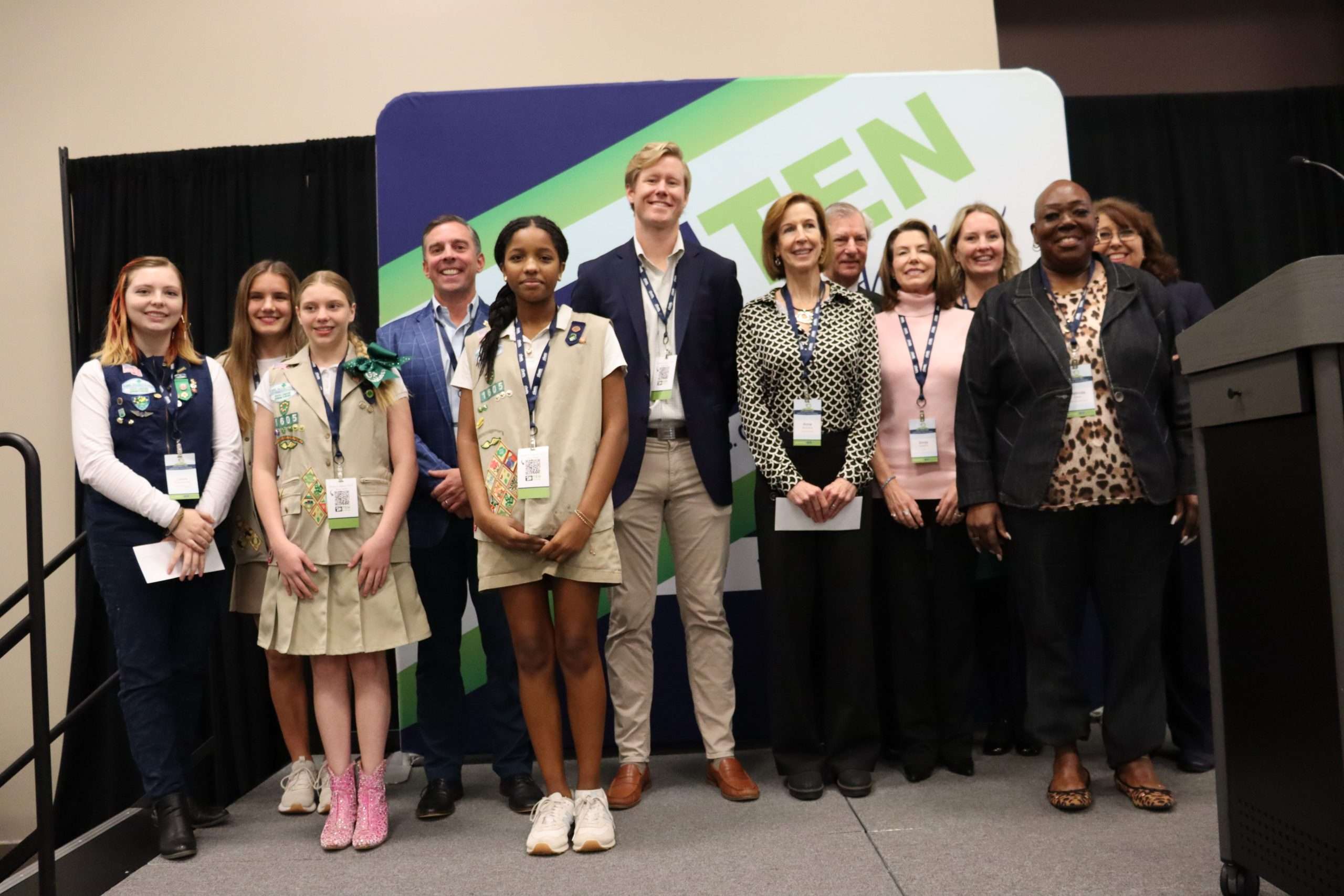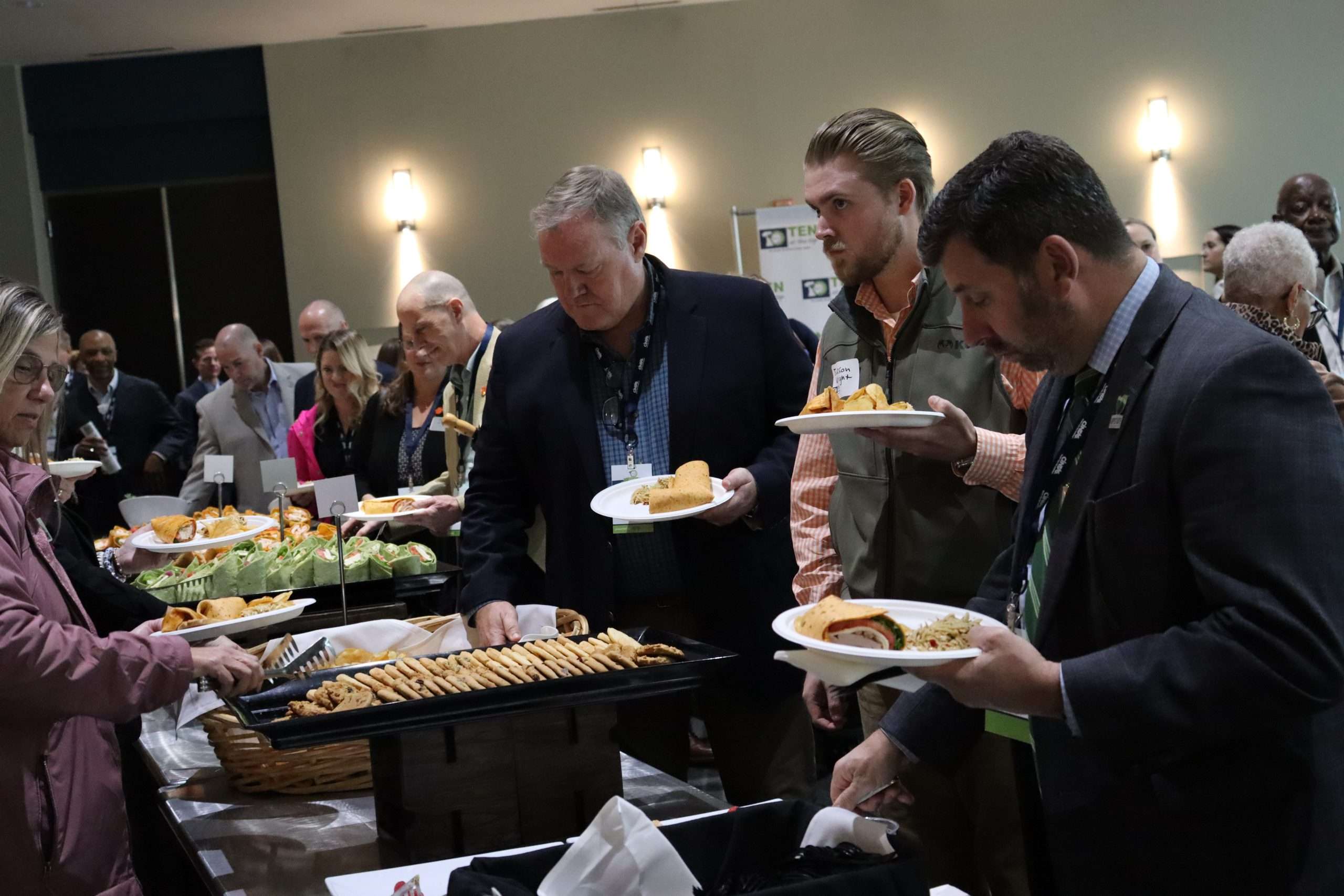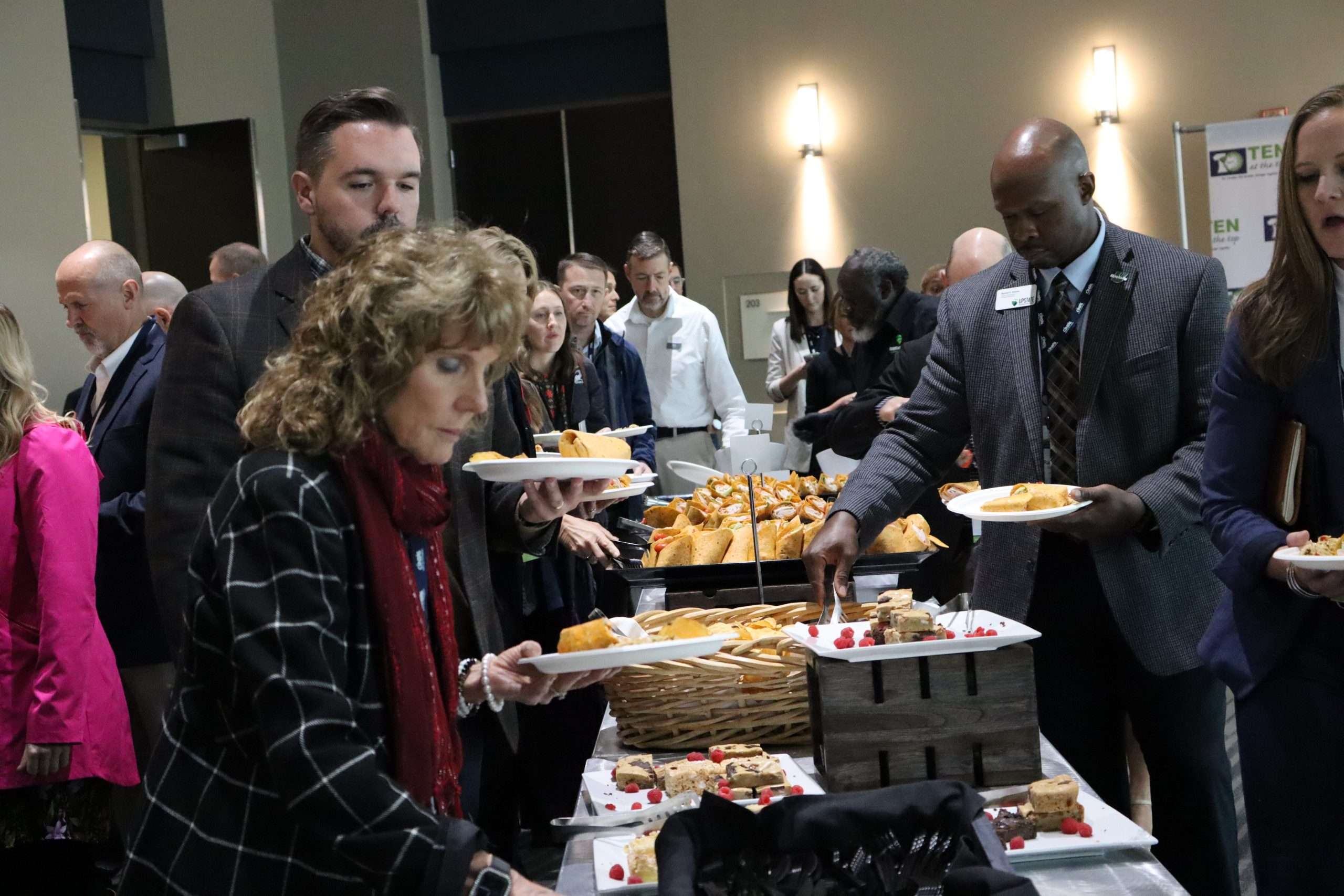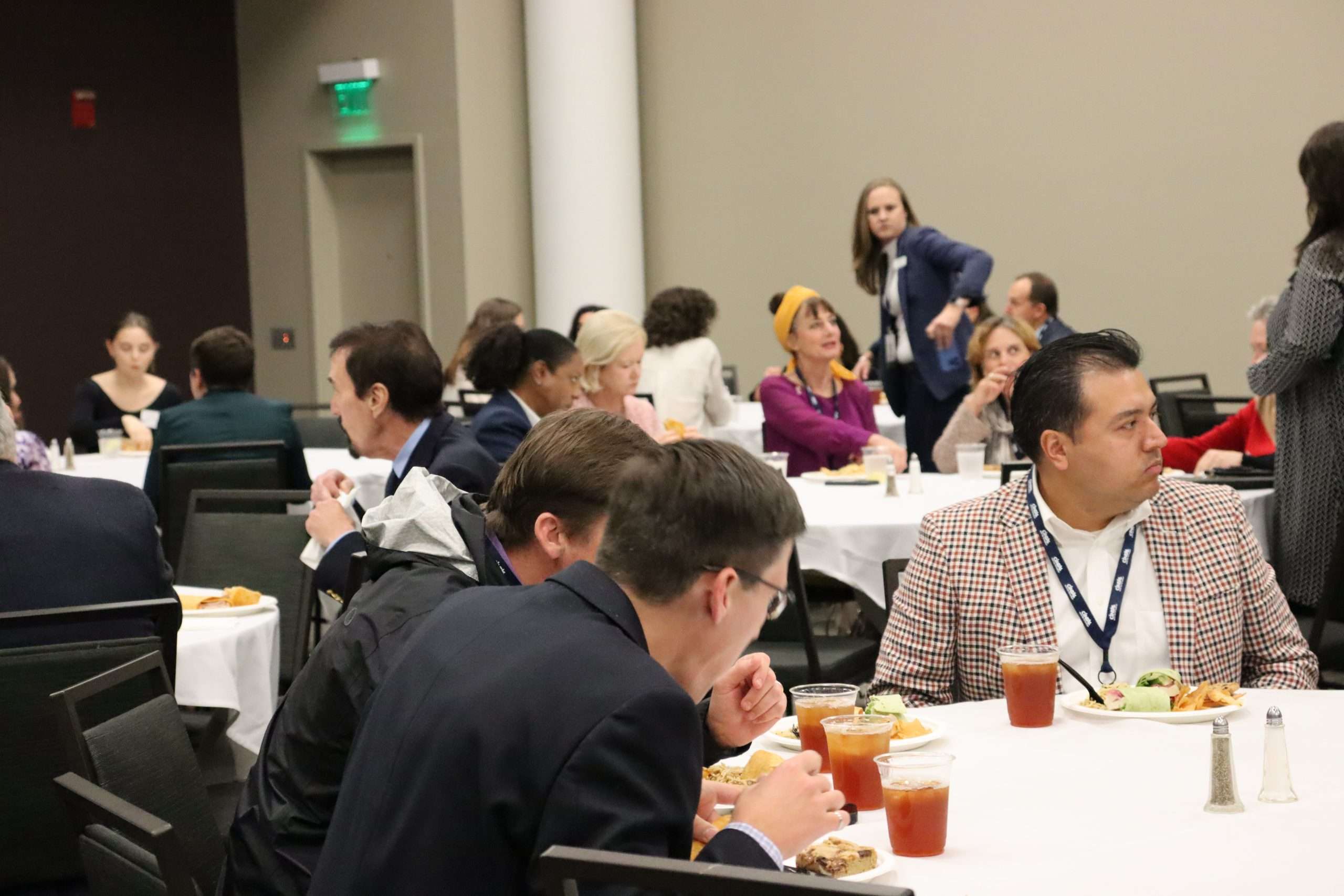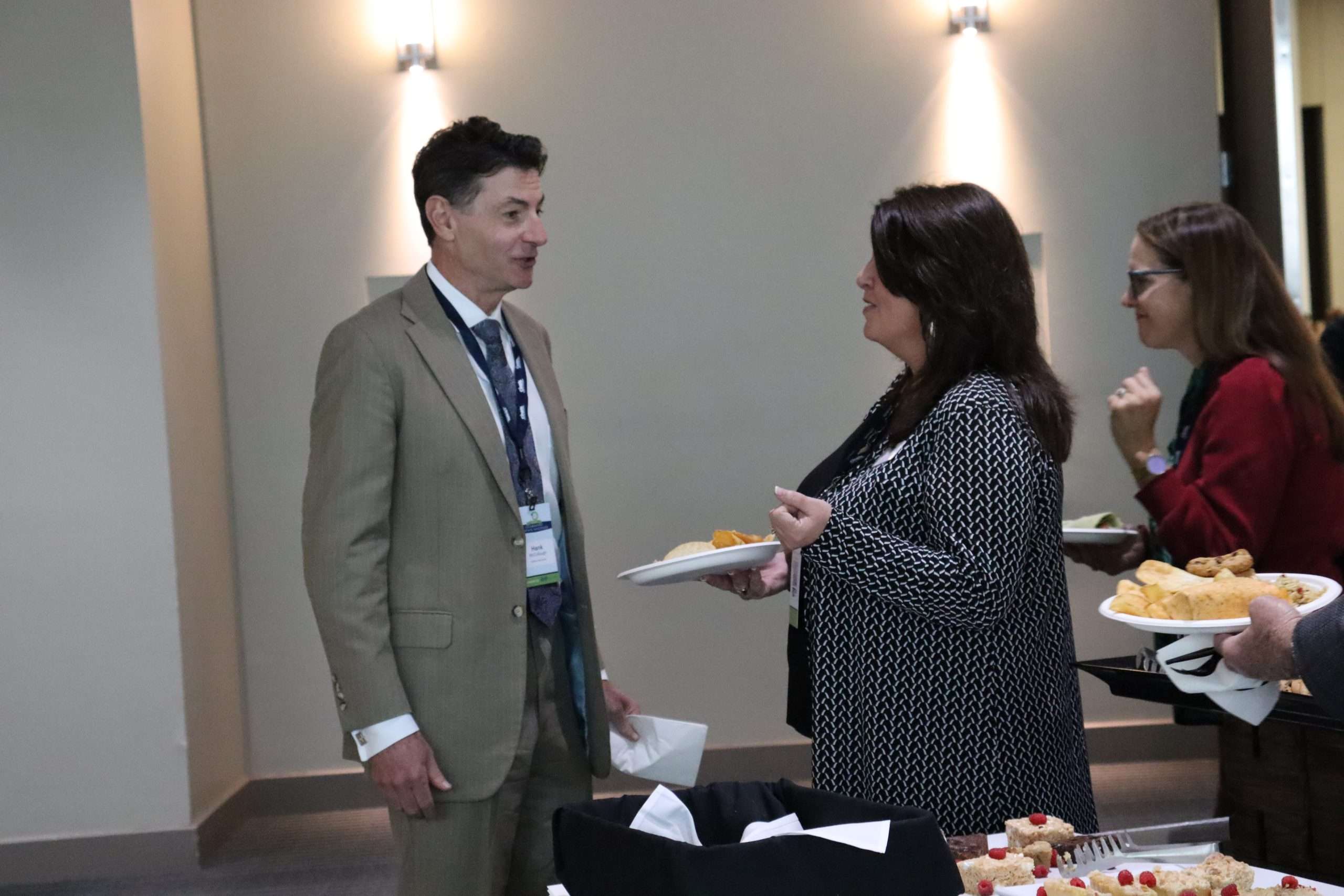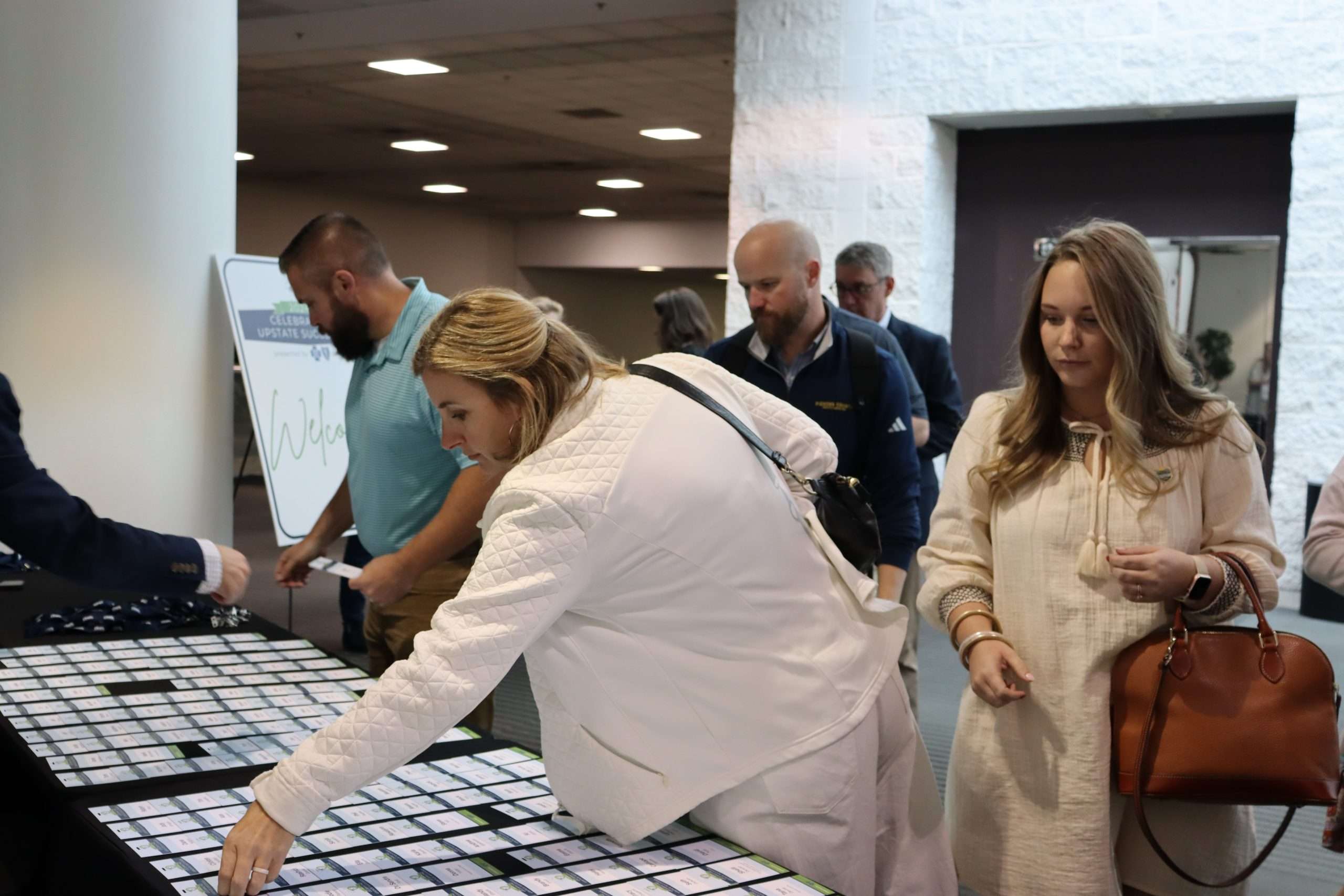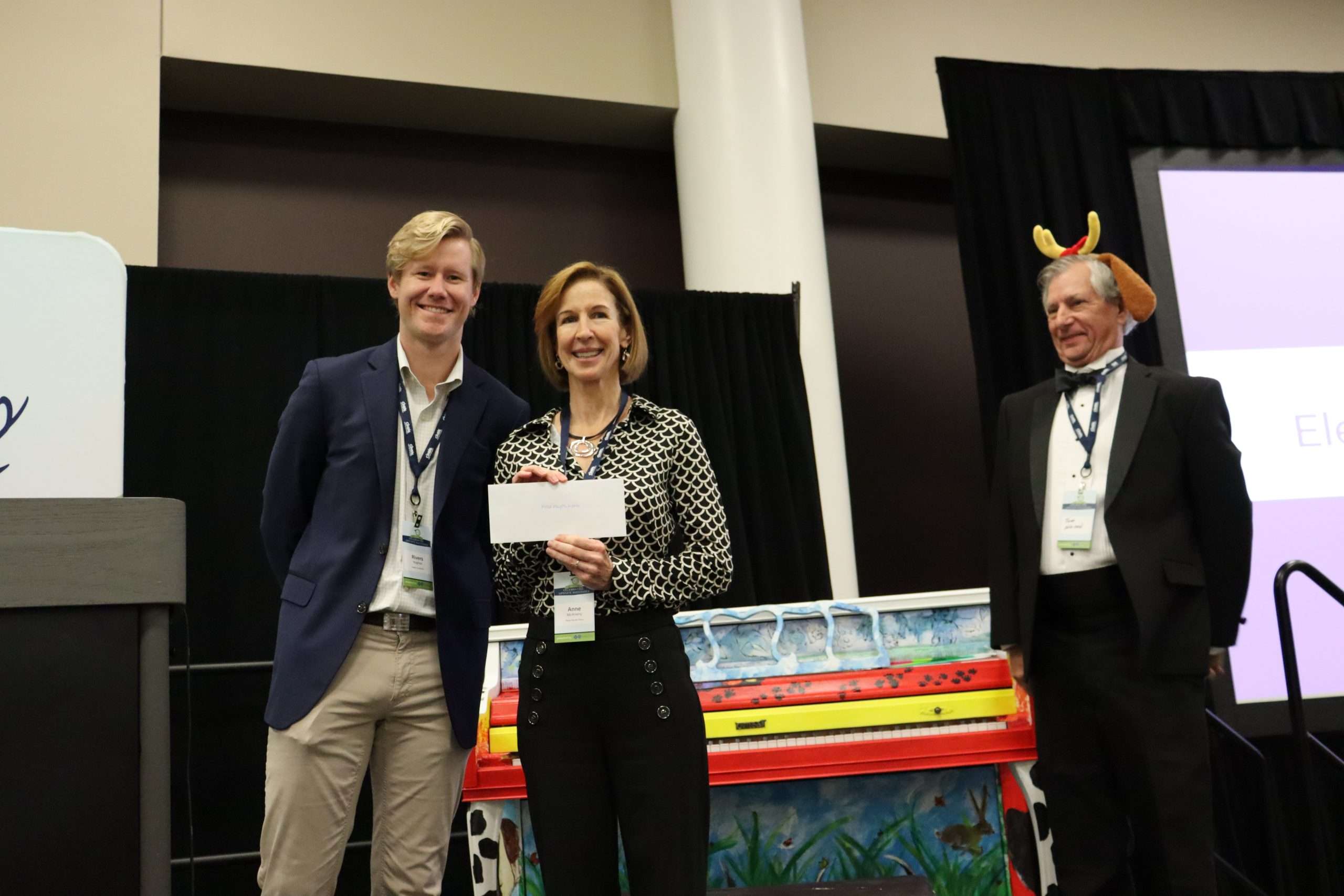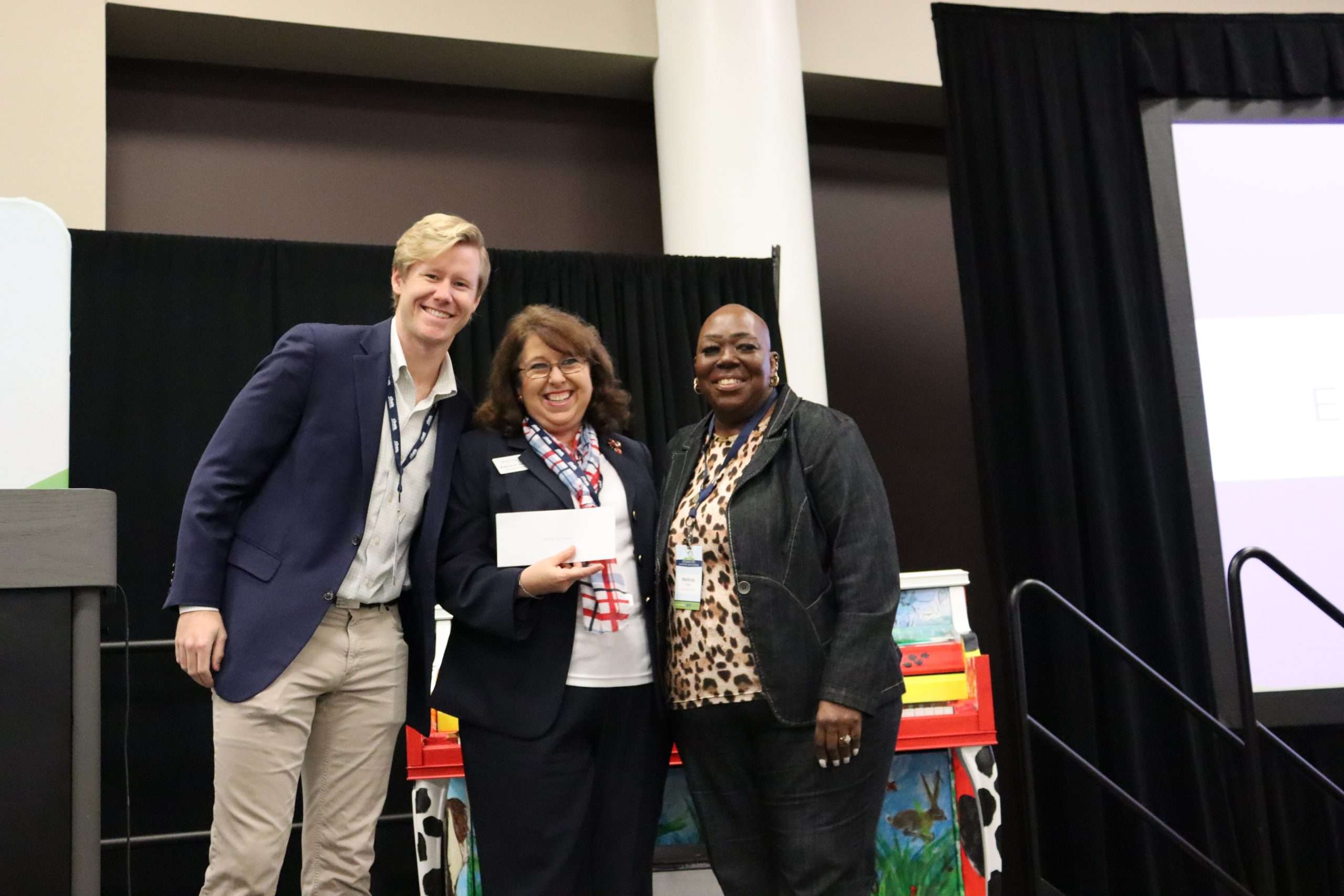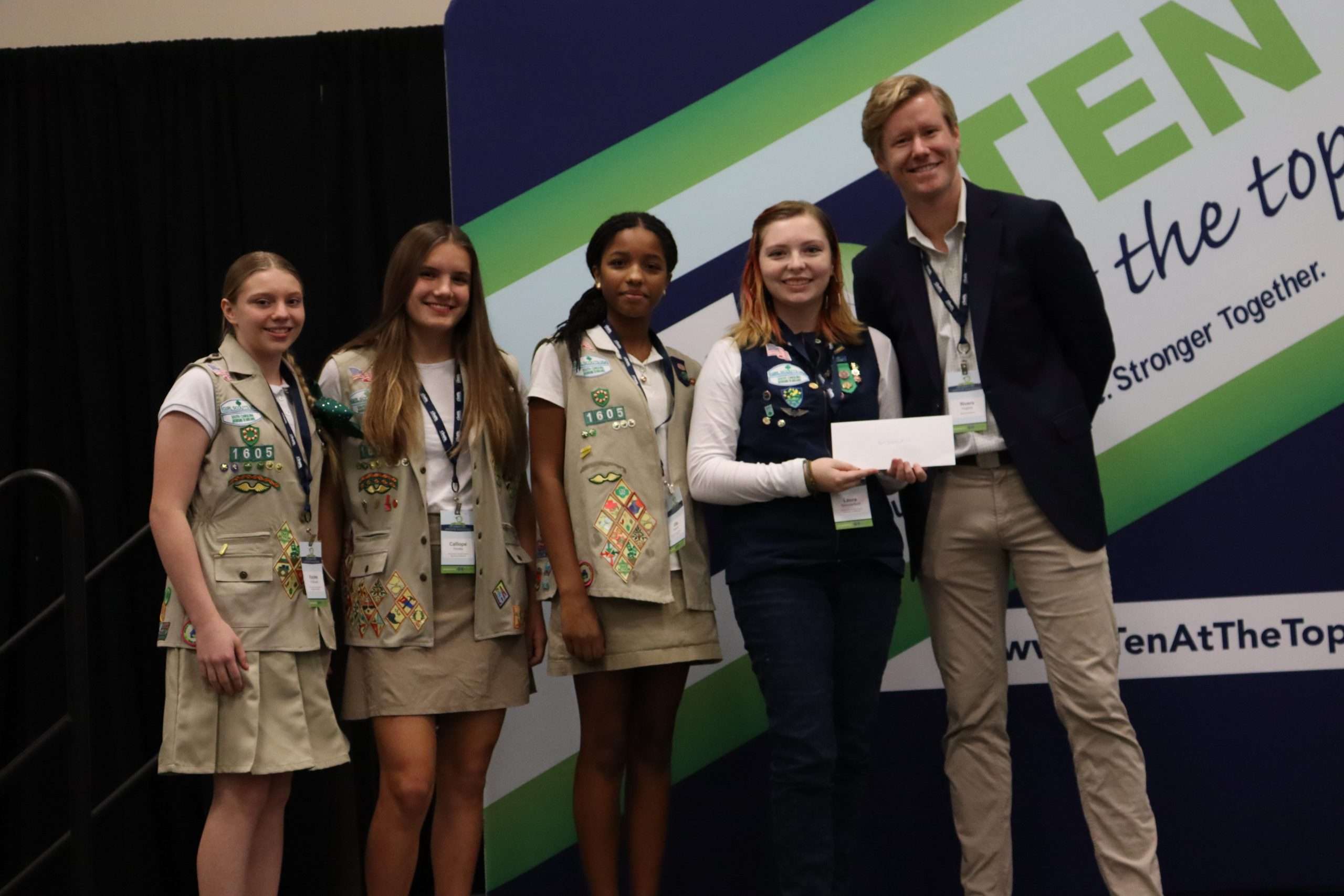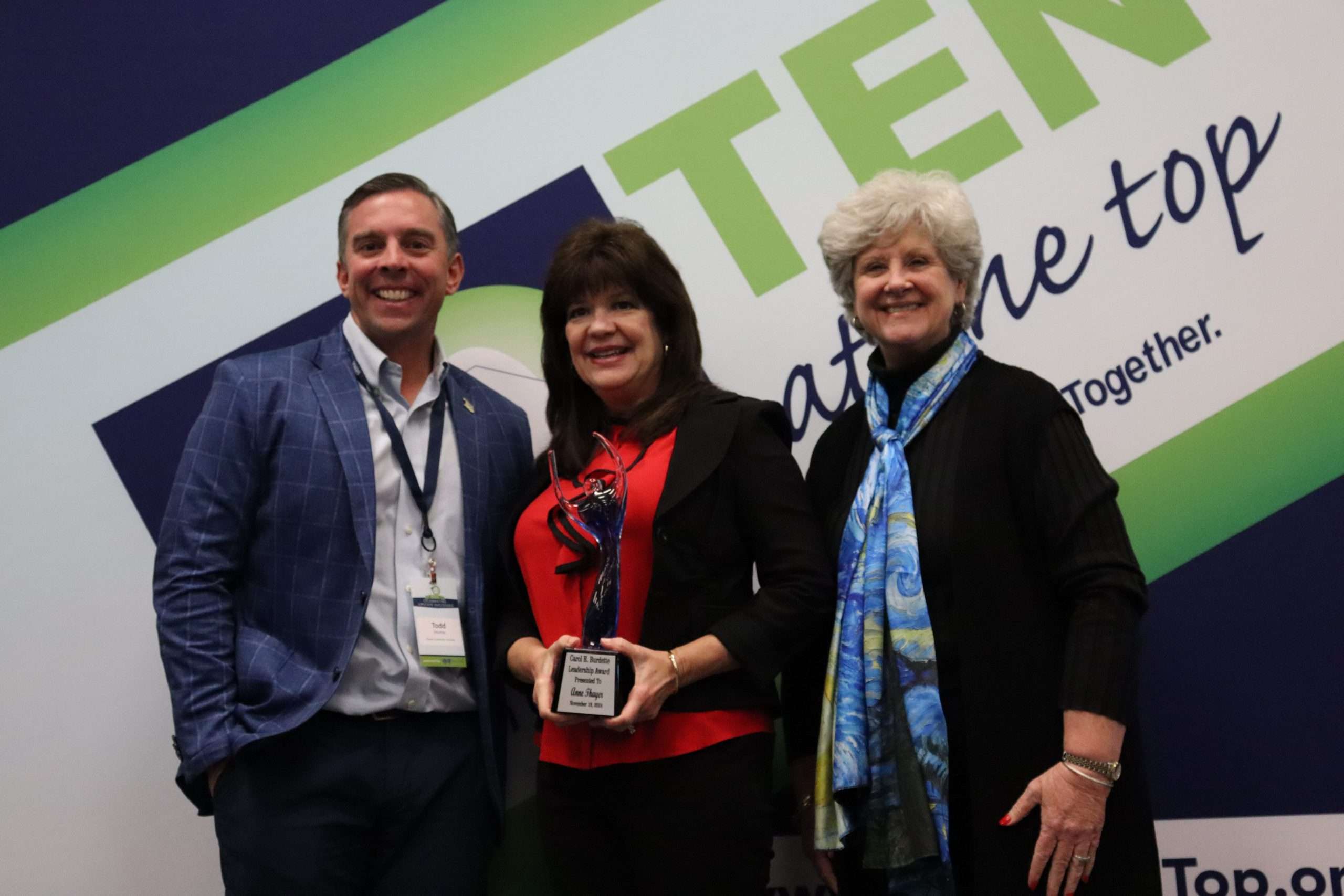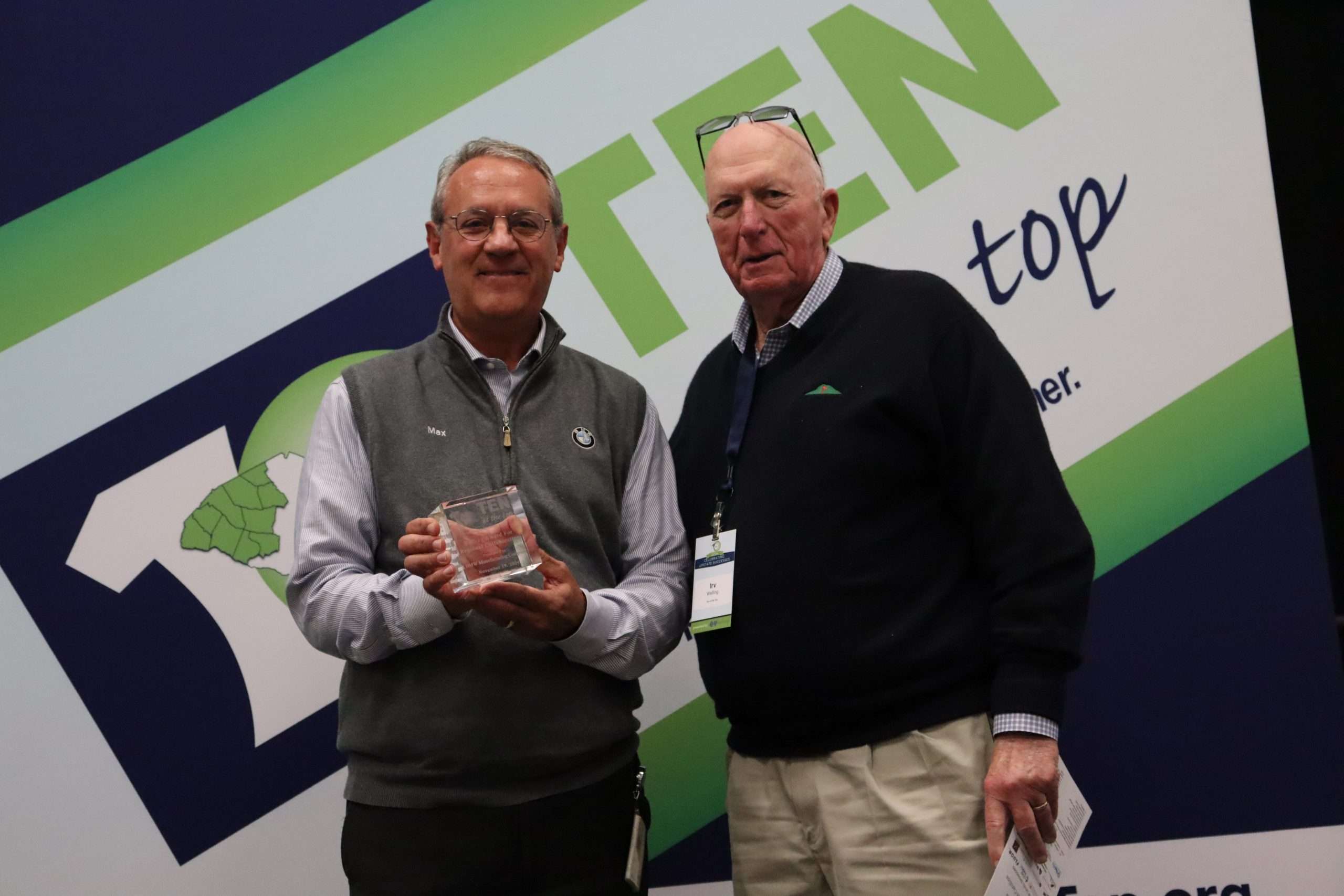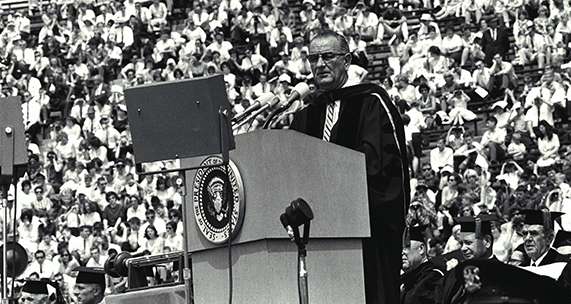
“Striving to Achieve a Great Society”

by Dean Hybl, Executive Director, Ten at the Top
It was in a speech at the University of Michigan 71 years ago, on May 22, 1964, that President Lyndon Johnson first outlined strategies to address poverty, racial inequality, and other social issues in the United States in an overall domestic agenda that would become known as the “Great Society”.
Among the programs and legislation developed as part of the agenda were the:
- Economic Opportunity Act of 1964: Created the Office of Economic Opportunity, including Job Corps and Head Start.
- Social Security Act Amendments (1965): Created Medicare and Medicaid.
- Elementary and Secondary Education Act (1965): Expanded federal funding for education.
- Civil Rights Act of 1964: Outlawed discrimination based on race, color, religion, sex, or national origin.
- Voting Rights Act of 1965: Eliminated discriminatory voting practices.
- Department of Housing and Urban Development: Established to address housing issues.
While like most people I have heard the “Great Society” referenced throughout the years, I didn’t really understand the totality of the effort and its goal to end poverty in the United States until recently reading the book “An Unfinished Love Story” by author and historian Doris Kearns Goodwin.
In the book, Kearns-Goodwin walks through the history of the 1960s using the more than 300 boxes of papers and memorabilia compiled by her husband, Dick Goodwin. Goodwin was a speechwriter and staff member in the White House for both John F. Kennedy and Lyndon Johnson.
It was, in fact, Goodwin who coined the phrase “Great Society” though he was just one of several advisors who helped Johnson frame the agenda.
One thing that struck me when reading about the early development of the “Great Society” agenda was the clear belief by Johnson and those around him that the effort could successfully end poverty across the United States.
As I think about what has evolved over the last 71 years and specifically where we are as a community and nation today, it strikes me that while the result of the work of Johnson and others helped create some measurable positive impacts, we are still dealing with most of the issues identified in the “Great Society” today.
The three pillars of the Great Society program were education, employment and healthcare. In addition to the development of the programs I highlighted earlier, it also created the National Endowment for the Arts, called for support for mental illness, and set the groundwork for the creation of the Environmental Protection Agency in 1970 during the administration of President Richard Nixon.
When looking at the work that Ten at the Top has been doing to support economic vitality and quality of life in the Upstate region over the last 15 years, I can’t help but see the connections between the idea of a “Great Society” where every person has the opportunity to thrive and the idea of Ten at the Top to build the collective capacity of businesses, organizations and communities across our Upstate region.
Since 2010, Ten at the Top has engaged Upstate leaders around such a wide array of issues that all are part of the goal of making this a better place for every person living in the region.
From air quality, transportation and education to senior needs, affordable housing, public safety, land use, mental health, entrepreneurial support and community vibrancy, communities, organizations and businesses across the region are working individually and have worked collaboratively on many of the issues vital to providing an opportunity for all people to achieve individual and collective success.
Though the optimism of those in the 1960s that creating the “Great Society” would end poverty in our country has certainly proven not to be true, I will say that the foundation created during that time has been critical to the gains that have been achieved across this region and country over the last 70 years.
As we move forward, we must not lose sight of the idealistic goal that we live in the wealthiest country in the world and by working together we can make this a place where every person can reach their full potential.
Dean Hybl, Executive Director, Ten at the Top
Ten at the Top is a non-partisan, non-profit organization with the mission of fostering collaboration and partnerships that create collective capacity and enhance the economic vitality and quality of life of the Upstate region. You can learn more at www.tenatthetop.org.
